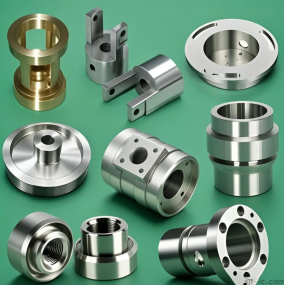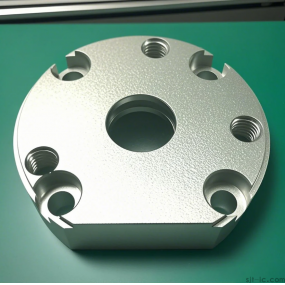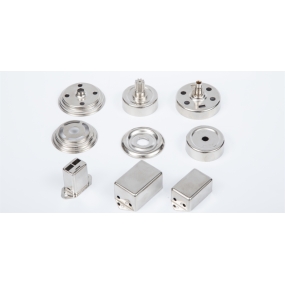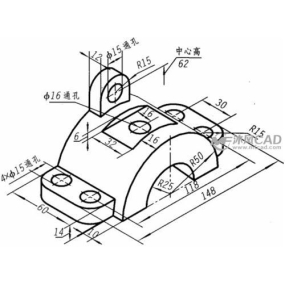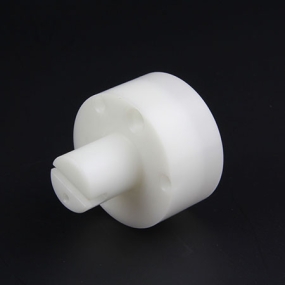Stamping, forging, and spinning are commonly used metal processing techniques. Have you distinguished the similarities and differences between them?
Common points of stamping, forging, and spinning
The principle is that the press applies pressure to the metal in the mold, with high efficiency and fast processing speed; All require molds, which are generally expensive to process, but once successfully processed, they can be mass-produced. 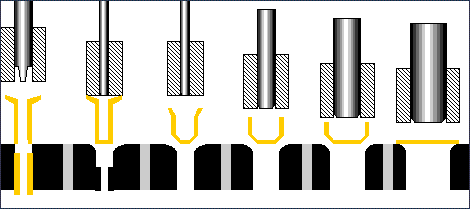
Stamping diagram
The technical requirements are high, generally requiring master mold technology and requiring significant investment, while forging requires even greater investment. The machines used for processing are mostly mechanical or hydraulic presses, which may look similar to outsiders with many similarities. However, there are many differences in equipment structure and practical applications. They are all processing techniques and do not produce their own independent products. Stamping, forging, and spinning provide several or even hundreds of products for downstream users. Constrained by downstream demand, they are only a small link in the midstream of the industry chain and generally do not have pricing power. Differences between stamping, forging, and spinning
Stamping is basically cold processing, of course, there are also hot stamping, but it is relatively rare; Forging is basically hot and requires heating of the processed material, as well as cold forming, but heat treatment is also required after completion; Spinning is generally dominated by cold processing, but during the processing, the material itself will become hot. 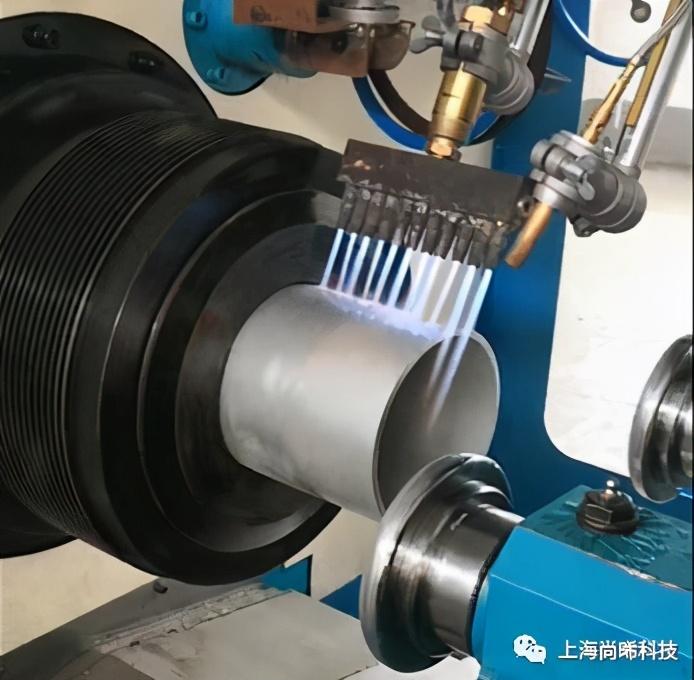 hot spinning processing
hot spinning processing
Forging involves volume deformation, changes in metal structure, and processing of three-dimensional load-bearing components, such as crankshafts and connecting rods in engines; Stamping is the deformation of sheet metal, which generally does not involve internal crystal changes, but only the thickness and tensile deformation of the sheet metal. The processed stamped parts are subject to stress and not, and have a wide range of applications; Spinning combines the deformation methods of stamping and forging, which can change the volume (shape) of materials and also alter their thickness through stretching. The working environment conditions in the forging workshop are relatively harsh and dirty, accompanied by huge noise, as well as the smell of heating industrial furnaces burning, cooling graphite, oxide scale, and other odors; The stamping workshop is relatively better, but due to the up and down collisions of stamping machines, the noise is also not small; The environment in the spinning workshop is relatively good. Most spinning machines have protective doors that can isolate some noise, and there is little or no waste generated., From the perspective of workers, traditional factories are monotonous and boring, stamping automation is common, forging is relatively difficult, and spinning mostly relies on CNC technology, which does not require high demands on workers. Regardless of the processing technology, it belongs to the manufacturing industry. Manufacturing is an essential and important foundational industry that is closely related to people's livelihoods. So we need to fully utilize the characteristics and advantages of each process to manufacture high demand products and enhance the overall industrial capacity of the country.


 Spanish
Spanish Arabic
Arabic French
French Portuguese
Portuguese Belarusian
Belarusian Japanese
Japanese Russian
Russian Malay
Malay Icelandic
Icelandic Bulgarian
Bulgarian Azerbaijani
Azerbaijani Estonian
Estonian Irish
Irish Polish
Polish Persian
Persian Boolean
Boolean Danish
Danish German
German Filipino
Filipino Finnish
Finnish Korean
Korean Dutch
Dutch Galician
Galician Catalan
Catalan Czech
Czech Croatian
Croatian Latin
Latin Latvian
Latvian Romanian
Romanian Maltese
Maltese Macedonian
Macedonian Norwegian
Norwegian Swedish
Swedish Serbian
Serbian Slovak
Slovak Slovenian
Slovenian Swahili
Swahili Thai
Thai Turkish
Turkish Welsh
Welsh Urdu
Urdu Ukrainian
Ukrainian Greek
Greek Hungarian
Hungarian Italian
Italian Yiddish
Yiddish Indonesian
Indonesian Vietnamese
Vietnamese Haitian Creole
Haitian Creole Spanish Basque
Spanish Basque



